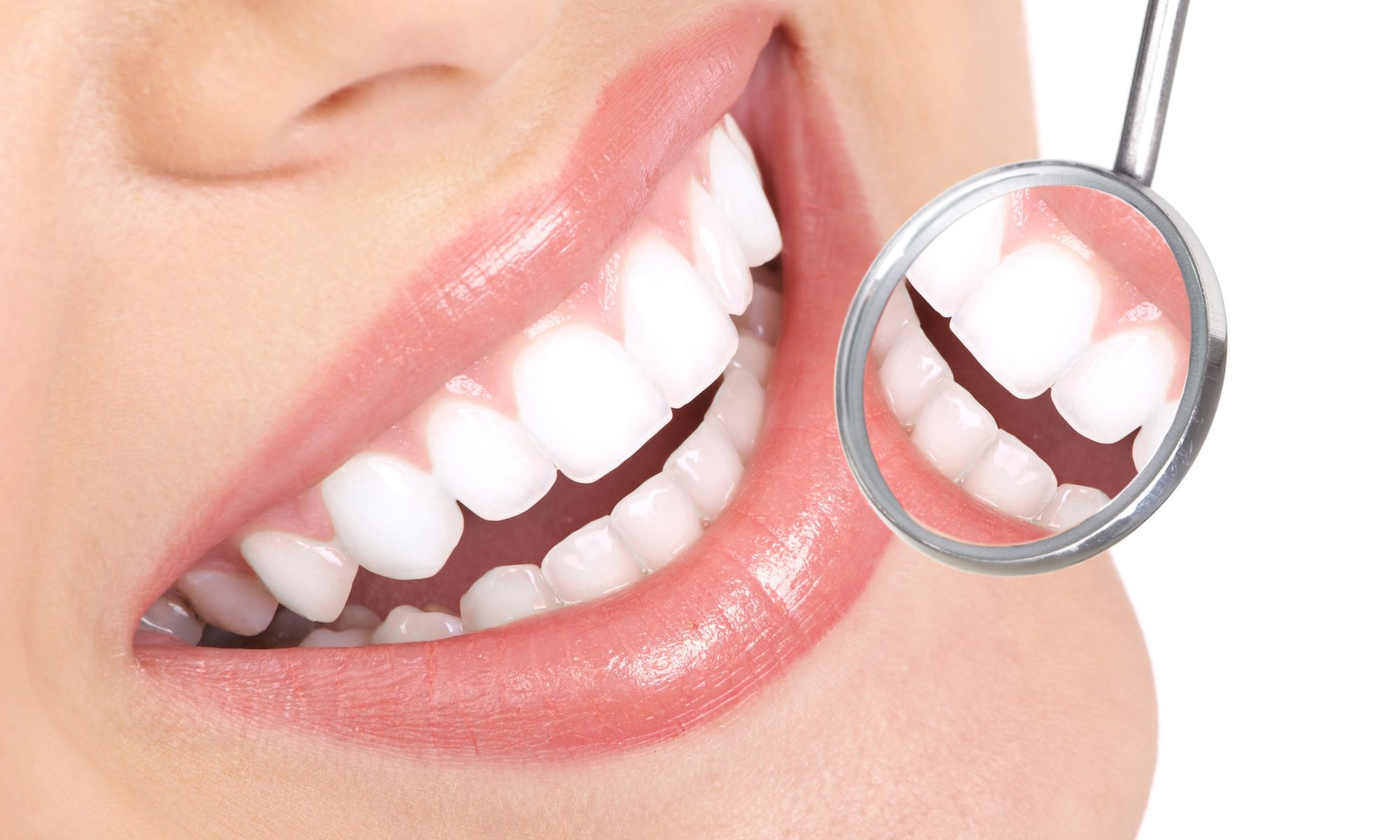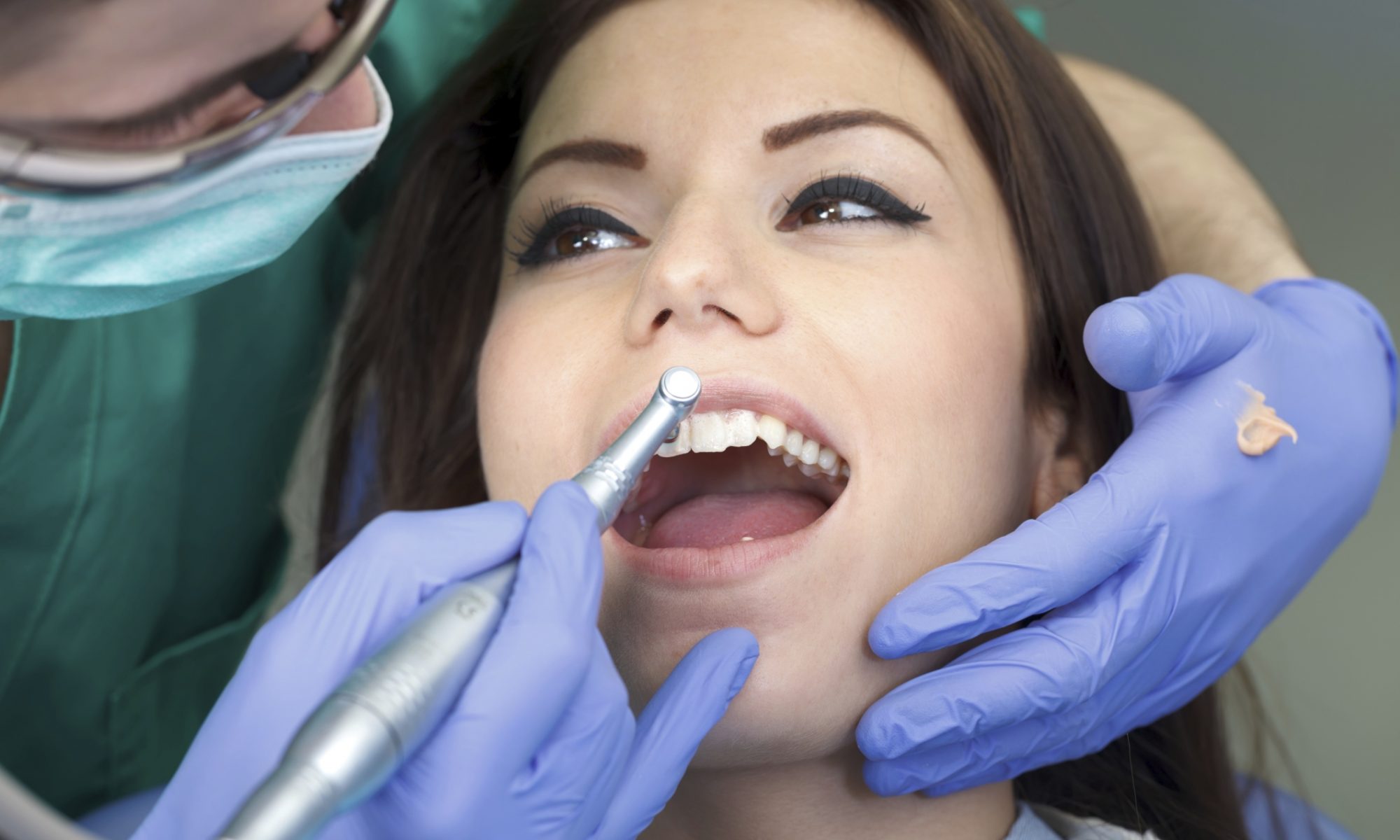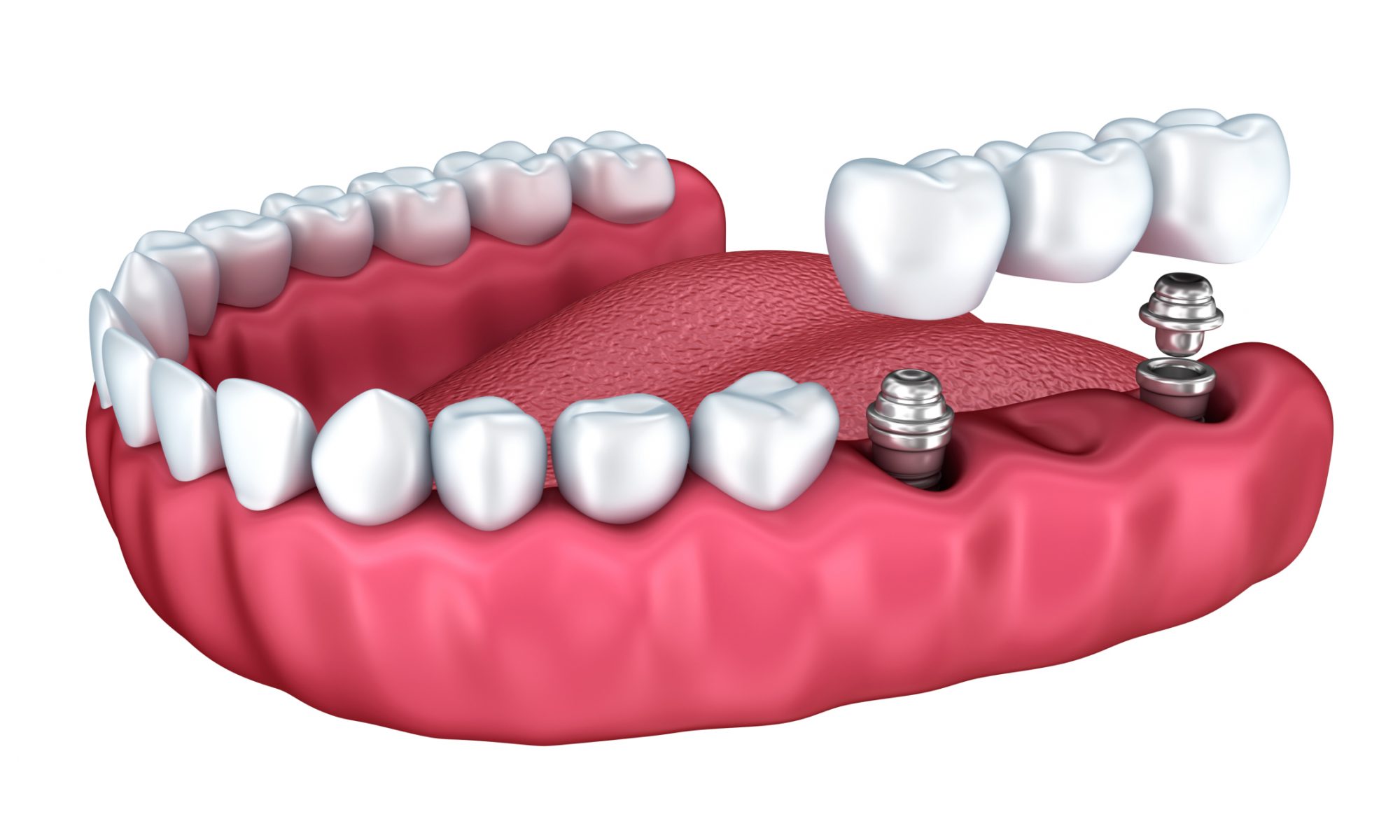Diabetes is a disease that affects more and more people every day, but did you know that it affects more than just your blood sugar? It’s true. Diabetes not only needs to be monitored to maintain your overall health, but not taking care of your diabetes can also affect your mouth. Let’s explain.
Continue reading “Diabetes Can Affect Your Smile’s Health | Issaquah Dentist”A Guide to Pediatric At-Home Oral Care | Issaquah Dentist
A child’s smile is a precious thing, and as parents, it’s our responsibility to ensure it sparkles with good oral health. Establishing proper dental care habits early in life sets the foundation for a lifetime of healthy teeth and gums. Here’s a comprehensive guide to pediatric at-home oral care to help you nurture those bright smiles.
Continue reading “A Guide to Pediatric At-Home Oral Care | Issaquah Dentist”Understanding & Preventing Cavities | Issaquah Dentist
Cavities, those tiny troublemakers that wreak havoc in our mouths, are a common dental woe that can turn a sweet tooth sour. These pesky holes in our teeth are caused by a combination of factors, making them a prevalent concern for people of all ages. However, armed with knowledge and a proactive approach, you can keep these dental demons at bay.
At the heart of cavity formation lies a dynamic interplay of bacteria, sugars, and the protective enamel covering our teeth. When we consume sugary or starchy foods, the bacteria in our mouths feast on these remnants, producing acids that erode the enamel. Over time, this process weakens the enamel, creating openings for cavities to form.
Prevention is the first line of defense against cavities. Regular dental check-ups and cleanings are crucial to catch potential cavities in their infancy. Dentists can identify problem areas, provide professional cleanings, and offer personalized advice on maintaining optimal oral health. Establishing a robust oral hygiene routine at home, including brushing twice daily with fluoride toothpaste and flossing, is essential in keeping those enamel-destroying bacteria at bay.
Diet plays a pivotal role in cavity prevention. Minimizing the intake of sugary snacks and beverages can significantly reduce the risk of cavity formation. Opt for a balanced diet rich in fruits, vegetables, and dairy products that contribute to overall oral health. Chewing sugar-free gum can also stimulate saliva production, aiding in the natural remineralization of enamel.
Fluoride, often referred to as nature’s cavity fighter, is a powerful ally in the battle against cavities. It strengthens enamel and can even reverse early-stage cavities. Many toothpaste brands and public water supplies contain fluoride, providing a convenient and effective way to incorporate this mineral into your oral care routine.
In conclusion, understanding the dynamics of cavity formation empowers individuals to take proactive steps in maintaining optimal oral health. Through regular dental check-ups, a diligent oral hygiene routine, a cavity-conscious diet, and the power of fluoride, you can stand strong against these dental demons and enjoy a cavity-free smile for years to come.
For more information about caring for your veneers, call Dr. Sciabica in Issaquah, WA at 425-392-3900 or visit www.issaquahdentists.com.
Dr. Frank S. Sciabica proudly serves patients from Issaquah and all surrounding areas.
Navigating the Path to Excellence: Becoming a Board-Certified Dentist | Issaquah Dentist
Embarking on the journey to become a board-certified dentist is a commendable pursuit that requires dedication, education, and a passion for oral health. This transformative path not only elevates your professional status but also ensures a commitment to the highest standards of patient care. In this blog post, we’ll explore the essential steps and key considerations for those aspiring to achieve dental board certification.
- Educational Foundation:
The journey to becoming a board-certified dentist begins with a solid educational foundation. Pursue a bachelor’s degree with a strong focus on the sciences, and subsequently, complete a rigorous dental program from an accredited dental school. This education lays the groundwork for a comprehensive understanding of oral health, anatomy, and the technical skills required in dentistry.
- Clinical Experience:
Building hands-on experience through clinical rotations, internships, or residencies is invaluable for honing your skills and gaining exposure to diverse patient cases. These experiences not only enhance your clinical proficiency but also provide insights into effective communication and patient management.
- National Board Dental Examinations (NBDE):
To progress towards board certification, successfully passing the National Board Dental Examinations is crucial. This two-part examination assesses your understanding of biomedical and dental sciences, as well as your clinical knowledge and skills. Achieving a competitive score demonstrates your readiness for the challenges that lie ahead.
- Dental Licensure:
After completing dental school and passing the NBDE, obtain a dental license by fulfilling the requirements of your state dental board. Licensure is a prerequisite for practicing dentistry independently and is a stepping stone towards eligibility for board certification.
- Postdoctoral Education:
Many specialty boards require additional postdoctoral education, such as completing a residency program or an accredited advanced education program. This specialized training allows you to delve deeper into your chosen area of expertise, whether it be oral surgery, orthodontics, or periodontics.
- Specialty Board Certification:
Once you’ve met the educational and clinical requirements, pursue board certification in your chosen specialty. The process typically involves written and oral examinations, case presentations, and an assessment of your clinical skills. This certification signifies your commitment to excellence and distinguishes you as an expert in your field.
- Continuing Education:
Maintaining board certification is an ongoing commitment to staying current with advancements in dentistry. Engage in continuous learning through conferences, workshops, and ongoing education courses to ensure that your skills and knowledge remain at the forefront of the field.
- Professional Involvement:
Active involvement in professional organizations and societies is essential for networking, staying informed about industry trends, and contributing to the advancement of dentistry. It also demonstrates your dedication to the ethical standards and principles upheld by the dental community.
Becoming a board-certified dentist is a multifaceted journey that demands unwavering dedication, continuous learning, and a passion for providing exceptional patient care. By following these steps and embracing the challenges along the way, you can elevate your career, earn the trust of your patients, and contribute to the advancement of oral health care. Embark on this transformative path, and let your commitment to excellence in dentistry shine.
For more information about caring for your veneers, call Dr. Sciabica in Issaquah, WA at 425-392-3900 or visit www.issaquahdentists.com.
Dr. Frank S. Sciabica proudly serves patients from Issaquah and all surrounding areas.
Simple and Surgical Tooth Extraction | Issaquah Dentist
The thought of visiting the dentist for a tooth extraction can put fear into anyone; it’s pretty much one of the last things we want to experience at the dentist. Yet, severe tooth decay, an infection, a cracked tooth, gum disease where the bone is compromised, and impacted wisdom teeth are more detrimental to your quality of life and oral health. The momentary anxiety and recovery time are well worth it when compared to the health complications of a tooth that needs to be extracted.
Extractions generally fall into two categories – simple extraction, and surgical extraction.
Simple:
When you need a simple extraction, you will likely be provided general anesthetic to the area of your mouth where the extraction will take place. Once completely numb, your dentist will gain a grip on your tooth using special instruments to physically loosen the tooth to the point where it can be easily pulled. Once completed, you may be prescribed antibiotics and a gentle means of cleaning the area to mitigate the chance of infection as the socket heals. It’s important to not allow food particles to get healed over in the socket, as it will eventually rot and require removal later on.
Surgical:
Surgical extractions, as you might imagine, are more involved. They require an oral surgeon and the use of anesthesia because these extractions usually occur below the gum tissue, or require cutting the surrounding tissue or the bone itself to remove. Just like with a simple extraction, you may be prescribed antibiotics and a gentle means of cleaning the area to mitigate the chance of infection as the socket heals. Again, it’s important to not allow food particles to get healed over in the socket, as it will eventually rot and require removal later on.
If you do require an extraction, discuss your concerns and questions with your dentist, and gain an understanding of the healing process, so you can arrange a driver or request time off work ahead of time if necessary. Your dentist will provide you with all the information you need to know prior and following your extraction to ensure you understand what you are entering into, and can assist you through the recovery process.
For more information about caring for your veneers, call Dr. Sciabica in Issaquah, WA at 425-392-3900 or visit www.issaquahdentists.com.
Dr. Frank S. Sciabica proudly serves patients from Issaquah and all surrounding areas.
Care Practices For Porcelain Veneers | Issaquah Dentist
The longevity of your porcelain veneers can vary depending on how they are cared for. It’s a considerable investment to make, so caring for your veneers after you are done makes a difference in how long they last.
Here are some best practices for maintaining your veneers for years to come.
Good Oral Hygiene- Maintaining good oral hygiene such as regular brushing, flossing, and incorporating a mouthwash is great for your natural teeth and veneers. Veneers are placed along the gemlike to retain the appearance of being natural, so it’s important to keep your oral hygiene up to avoid a receding gemlike that may expose the veneer.
Limit Staining- Porcelain is a material that resists stains, but the dental cement used to keep them in place unfortunately is not. Coffee, tobacco, wine, and any other food and beverage that may stain your teeth will stain the cement over time. Eventually, if not properly cared for along the way, the cement will become discolored and look odd against your veneers – or even start to make your veneers look discolored by association.
Avoid Unnecessary Force- Nail biting, chewing ice, and forceful brushing can break or dislodge a veneer; they can also be the reason your dentist recommended veneers to begin with. It’s important to make an effort to avoid these habits for the longevity of your veneers.
Stop Clenching and Grinding- This bad habit is a great way to chip or break your veneers over time. Bruxism, or the grinding of teeth at night, can be avoided by incorporating a night guard when you sleep. Reducing stress or finding alternative means to clenching your teeth will also go a long way in maintaining your new pearly whites.
For more information about caring for your veneers, call Dr. Sciabica in Issaquah, WA at 425-392-3900 or visit www.issaquahdentists.com.
Dr. Frank S. Sciabica proudly serves patients from Issaquah and all surrounding areas.
Understanding Dental Implants and Bridges | Issaquah Dentist
Tooth loss can be a result of dental trauma, advanced gum disease or deterioration of the underlying bone over time. If you have experienced dental trauma, it’s important to see your dentist sooner than later to assess surrounding teeth and gums. Either way, a cosmetic dentist may present two replacement options to consider; a fixed dental bridge or an implant. It’s important to understand what these options entail in order to make the best decision for you.
Dental Bridges
A dental bridge can actually be thought of as a bridge. An artificial tooth (or teeth) is fixed to crowns on adjacent teeth on either end that attaches to healthy teeth, acting as the support posts if you will. The caveat to this solution is that if the tooth root is not replaced the bone may not get the stimulation it needs to remain healthy. Missing tooth roots could cause resorption, which causes the bone to lose density and shrink over time. Ultimately, this can cause one’s face to have a prematurely aged appearance.
Implants
Dental implants require a more extensive procedure, but restore the entire tooth structure rather than simply fill in the gap. Simply put implants work by inserting a base into the jawbone into which a post with a crown on top can be placed. Implants provide stability and stimulation to the underlying bone which helps prevent resorption while looking and feeling like a natural tooth.
Your dentist will review these procedures, benefits, and risks with you as you navigate your particular circumstances. While these are typically recommended, your dentist may encourage you towards one or the other option as they see fit. Be sure to ask your dentist any questions or concerns you may have prior to embarking on any given treatment option.
For more information about caring for your veneers, call Dr. Sciabica in Issaquah, WA at 425-392-3900 or visit www.issaquahdentists.com.
Dr. Frank S. Sciabica proudly serves patients from Issaquah and all surrounding areas.
Common Cosmetic Dentistry Procedures | Issaquah Dentist
Cosmetic dentistry can transform the appearance of your teeth while retaining or enhancing your oral health. According to AACD.com “…cosmetic procedures can range from basic color correction to replacing missing teeth, and everything in between.” While cosmetic dentists may employ the use of anesthesia for surgical improvement, most procedures are non-invasive. Here are a few procedures cosmetic dentists perform.
Teeth Whitening – a common procedure for cosmetic dentists is teeth whitening. Coffee, tobacco, alcohol, predisposition, and many other things can contribute to a less-than-white smile. If over-the-counter methods haven’t quite worked to bring back your pearly whites, you may consider speaking with a cosmetic dentist for a more intense treatment.
Dental Bonding– for chipped, cracked or gapped teeth, your dentist will apply a tooth-colored resin to the chipped area. They will layer resin, utilizing a UV light to harden it as they go, in order to build back the original look of the chipped tooth or teeth.
Veneer Application – you can think of a veneer as a thin shell that fits over the surface of your existing teeth to improve the color, shape, size, or length of teeth. Veneers are made of porcelain or a resin composite and permanently bonded to the teeth.
Gum Reshaping – when your gums appear more pronounced than your teeth, or your gemlike is uneven, a cosmetic dentist may recommend gum reshaping. Essentially, a small amount of gum or bone tissue is removed or contoured to even out the appearance of your gum line or tooth ratio.
Crowns – similar to a veneer, dental crowns are a porcelain or ceramic tooth look-alike that fits over a weak or damaged tooth. Crowns are made to fully encase the tooth and can last between five to 15 years depending on how well they are cared for.
Braces – these are within the realm of cosmetic dentistry because braces shift the teeth into the optimal position for your bite and mouth size. Braces are one of the most common procedures a cosmetic dentist may perform, as tooth alignment is just as much about oral health as it is aesthetics.
For more information about caring for your veneers, call Dr. Sciabica in Issaquah, WA at 425-392-3900 or visit www.issaquahdentists.com.
Dr. Frank S. Sciabica proudly serves patients from Issaquah and all surrounding areas.
Tartar Buildup Is Bad For Oral Health | Issaquah Dentist
If you are employing a thorough routine of proper brushing and flossing, you should be able to avoid tartar buildup. Yet, it’s still important to understand the signs and symptoms of tarter buildup, so that if you do recognize it’s happening, you can consult your dentist sooner than later.
When plaque isn’t removed properly from your hygienic routine, that’s when the soft, removable plaque can turn into tartar. Tarter is a buildup of minerals that if above the gum line, is fairly easy to spot. If you notice yellow or brown-colored stains on the teeth or gums, it may be tarter. The only real way to know, however, is to consult your dentist, and they can remove it for you. If it gets really bad, you may experience bad breath, darker staining, loose teeth, and red, swollen, or bleeding gums.
Regular visits with your dentist and flossing also go a long way in helping ensure a thorough oral care routine and minimize the risk of tartar buildup. But if you do have tarter buildup, your dentist or hygienist may employ a method called scaling in which he or she uses special instruments to remove the tartar from around the gum line and bottom of the tooth pocket.
While tartar buildup can happen, there are ways your can mitigate your risk. Tarter control toothpaste and rinses can help eliminate stubborn plaque to help prevent tarter altogether.
For more information about caring for your veneers, call Dr. Sciabica in Issaquah, WA at 425-392-3900 or visit www.issaquahdentists.com.
Dr. Frank S. Sciabica proudly serves patients from Issaquah and all surrounding areas.
Dental X-Rays Are Safer Than You Think | Issaquah Dentist
Having our X-rays taken at the dentist is considered standard procedure. Yet, there are reasonable reservations individuals may have about the risks associated with inviting x-rays into their lives. Here are some things you should know about dental x-rays.
Overview
X-rays are an important tool for every specialty within dentistry. They are generally considered to be a safe, effective means for dentists to understand your unique oral structure and health. Dentists will take four different types of x-rays; bitewing, occlusal, panoramic and periodical. Each of these focus on a different aspect of your teeth and bite.
The bitewing will show how well your teeth align and may also show cavity development. Occlusal x-rays capture all your teeth in a single image and can help detect abnormalities in the anatomy of your mouth or palate. Panoramic images let dentists check your wisdom teeth, jaw and any implants you may have. Periodical images show the entire tooth from root to crown.
Purpose
The purpose of a radiograph, or x-ray, is to analyze oral health. They capture what is happening on the interior if your teeth and gums. Images allow dentists and orthodontists to evaluate positioning, decay and impact of the teeth. Whenever you enter a new practice without existing or current imagery your dentist will take them for your file with their practice.
They are also used to track the progression of growing teeth in children and the progress of any treatment you may undergo.
For more information about caring for your veneers, call Dr. Sciabica in Issaquah, WA at 425-392-3900 or visit www.issaquahdentists.com.
Dr. Frank S. Sciabica proudly serves patients from Issaquah and all surrounding areas.








